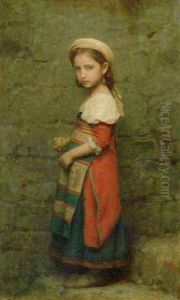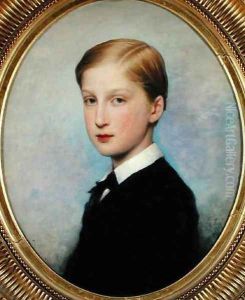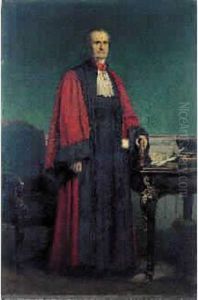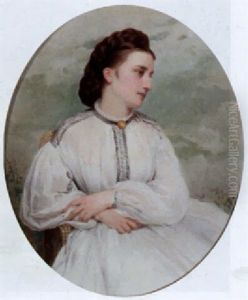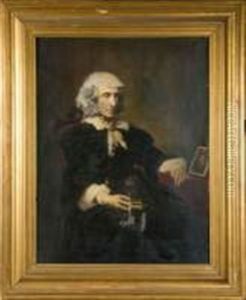Charles Francois Jalabert Paintings
Charles François Jalabert was a French painter, born on July 16, 1819, in Nîmes, France. He is most often associated with the Academic art movement, which was characterized by its adherence to classical standards of beauty, high finish, and historical subject matter.
Jalabert received his initial artistic training in his hometown before moving to Paris to study under Paul Delaroche, a prominent history painter of the time. He later attended the prestigious École des Beaux-Arts, the French national school of fine arts, and was influenced by the classical traditions and the works of Renaissance artists.
His career began to blossom after he won the Prix de Rome in 1847 with his painting 'Oedipus and Antigone'. Winning this esteemed prize allowed him to study in Rome at the Villa Medici, a privilege that had a lasting impact on his artistic style. During his time in Italy, Jalabert was particularly inspired by the Italian masters and the beauty of the Italian landscape, which would inform much of his later work.
After returning to France, Jalabert achieved success and recognition for his historical and mythological paintings. He was known for his meticulous attention to detail and his ability to create deeply emotional and dramatic scenes. One of his most famous works is 'Marius at Minturnae' (1849), which depicts the Roman general Marius in exile. This painting is celebrated for its exquisite detail and the emotional intensity of the figures.
Throughout his career, Jalabert exhibited at the Paris Salon, an official art exhibition of the Académie des Beaux-Arts in Paris, and received numerous awards and accolades for his work. His paintings were highly sought after by both private collectors and public institutions, and he was commissioned to create works for several important buildings in France.
In addition to his painting, Jalabert also taught at the École des Beaux-Arts, passing on the academic traditions and techniques to the next generation of artists. He was appointed a professor in 1879, a position he held until his retirement.
Jalabert's style eventually fell out of favor with the rise of Impressionism and other modern movements that challenged the academic norms. Nevertheless, his work continued to be appreciated by those who valued the technical skill and classical beauty embodied in academic painting.
Charles François Jalabert died on February 28, 1901, in Paris. His legacy is preserved in the collections of various museums and galleries across France and beyond, where his works continue to be admired for their craftsmanship and historical value.




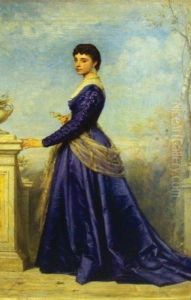
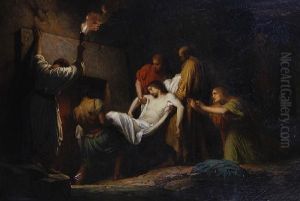

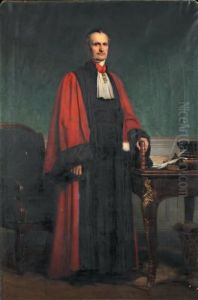

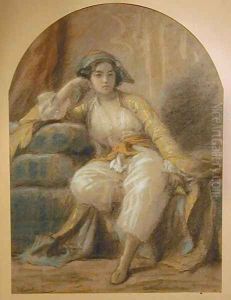
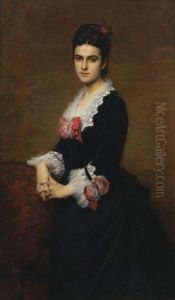








![The Plague of Thebes [detail #1]](https://www.niceartgallery.com/imgs/198511/s/charles-francois-jalabert-the-plague-of-thebes-detail-1-248f39a9.jpg)



